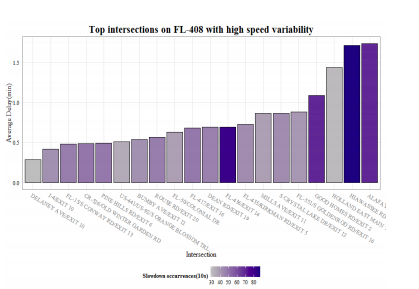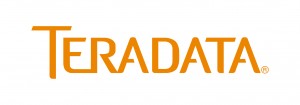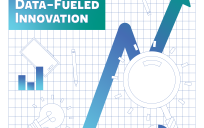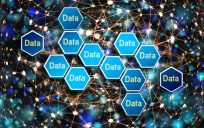Imagine no sidewalks, horrible conditions of street lighting, and poor weather. Seems like a walk in Washington, D.C. right? Ironically, this is a “wow” moment, because companies like Teradata are able to get new insights, a better understanding of what goes on in transportation and what are the cause and effects of pedestrian fatality. When you approach transportation as an ecosystem, including airlines, transit, freeways, toll-rolls and even uber, big data becomes less of a looser term and more like a connected vehicle. In a recent GovLoop online training, “Driving New Insights through Next-Gen Transportation Analytics,” expert panelists addressed the available transportation data sources as well as the increasingly amount of raw data to be made available of how people are moving about.
Below, we highlight some of the pain points from each panelist but I encourage you to view the full training here which is full of use cases for big data:
Bob McQueen, CEO of The 0Cash Company, and Rick Schuman, Vice President of INRIX’s Public Sector, first discussed how to turn this new wave of big data into value and benefits.
According to the panelists, applying analytics to transportation data will result in:
- Understanding of the underlying trends and patterns.
- Defining the effects of ITS investments.
- Developing a desire for data based on structured data acquisition planning.
- More effective transportation performance management.
- Encountering a “wow” and a “whoops” moment.
Eric Hill, Director of System Management and Operations for MetroPlan Orlando, the Metropolitan Planning Organization (MPO) for the Orlando Urbanized area, shared the impact of moving a transportation framework into the 21st century by answering questions and ways to address a planning perspective on big data including:
- What are the casual mechanisms for pedestrian fatalities?
- How many slow downs are there every day and how long is the recovery period?
- What is the trip time and trip time reliability by various modes?
- When we plan and design, how well do we capture previous experience?
- Is there a relationship between maintenance quality levels and safety?
- Can we measure the basic consistently and comprehensively?

Hill was faced with conveying a uniformed picture of how systems are performing in order to debrief his staff weekly on the status of the five Traffic Management Centers (TMC) in the Central Florida Area. From traditional to a new process, the improved data collection and sharing resulted in the TMC Network, a single location to operate and support the software connection of the data centers that all operated and performed at different times. Hill was able to move and blend data into a data platform, manage the data warehouse to support decisions and investments, and access the data to make it available to partners for smarter decisions.
Peter Kivestu, Senior Industry Consultant, Transportation and Logistics at Teradata continued the theme of a single source for people-centered insights. Kivestu shared how data-driven enterprises question and search to meet new business needs, done by not adding a little or even a lot of data, but by using data in a way that informs and drives solutions to find new ways to embed the most core data in analytical processes. Kivestu referenced Singapore Land Transit Authority’s frequent flyer programs that emerged from market pressures to focus on user-experiences and make transportation a happy choice made. Rising consumer expectations are challenging, especially when they are “in love with information super highway and may well be expecting a better experience from their physical highway,” according to Kivestu. They were faced with a challenge of improving an already good transit experience with IT systems not responsive or designed for analytics, and built an analytic infrastructure that was customer-centered with high volume of data crunching and reporting. The benefit of having information readily available creates “actionable” opportunities that capture data for a use way beyond what they are using in current processes.
“Data can be used over and over again to keep raising new questions, with the right question you will be able to move your world,” noted Kivestu. To learn more about turning data into meaningful and valuable commodity I encourage you to listen to the on-demand version of the training here.






Leave a Reply
You must be logged in to post a comment.